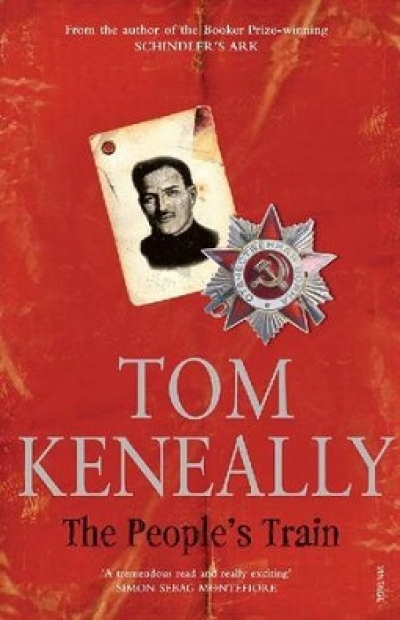Tom Keneally
A Country Too Far: Writings on Asylum Seekers edited by Rosie Scott and Tom Keneally
by Alex O'Brien •
Many of my dreams have to do with the sea. Sometimes they concern Antarctica, an exciting prelude to going into the interior with other people.
... (read more)The Commonwealth of Thieves: The Sydney experiment by Tom Keneally
by Alan Atkinson •
Hyram and B. by Brian Caswell, illustrated by Matt Ottley & Two Summers by John Heffernan, illustrated by Freya Blackwood
by Sherryl Clark •










